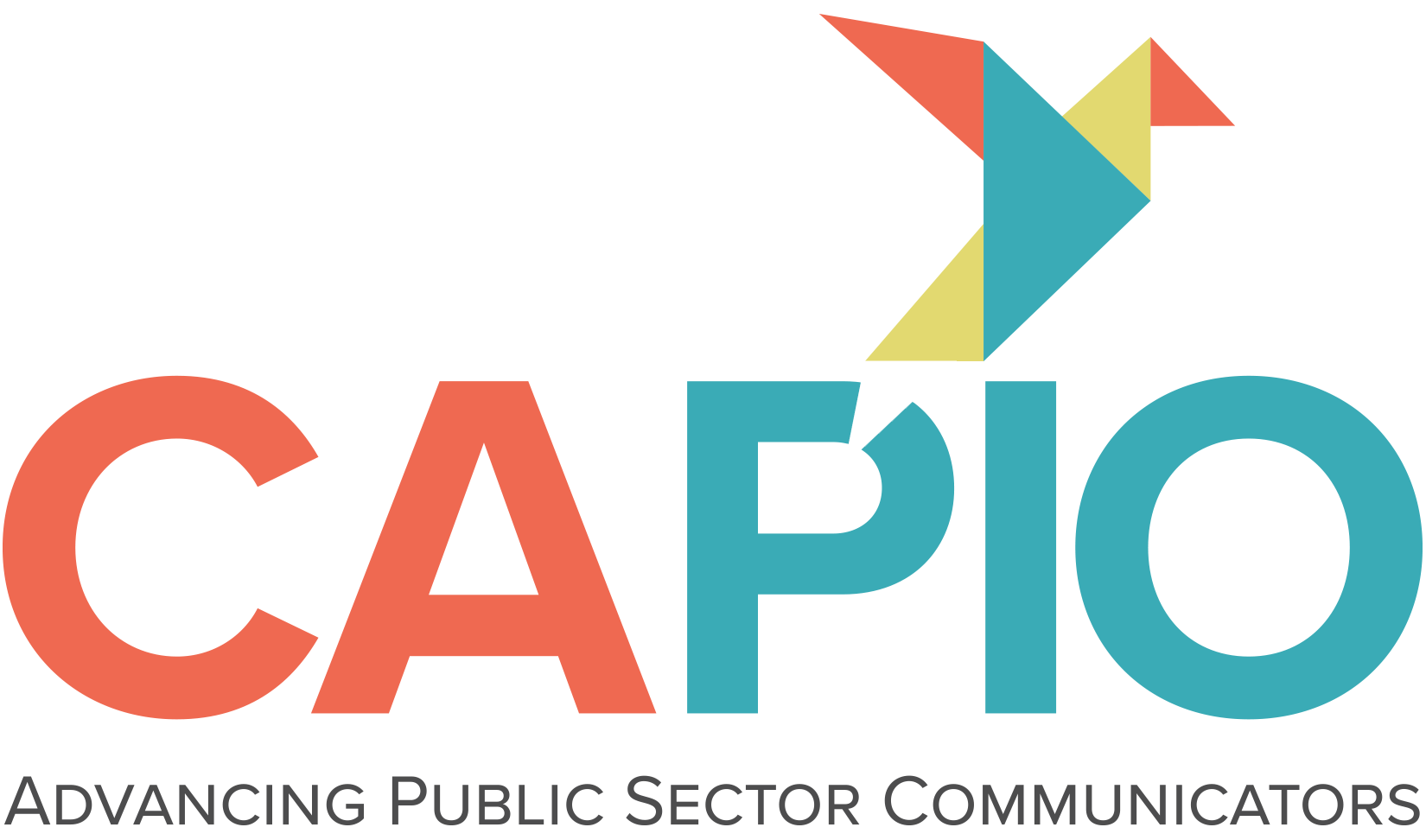The Great Resignation…More Like, The Abandoned Workforce
Since the start of 2021, tens of millions of employees nationwide have left their jobs in search for better work/life balance or increase in pay. Perhaps one upside of the COVID-19 pandemic is that it helped people to prioritize what mattered most. Or maybe the wave of people leaving was the result of a backlog of delayed retirements – people who were planning to retire but held off because of the uncertainty of the pandemic. Regardless, there are many reasons why people left their jobs.
Infamously coined as The Great Resignation, we’ve seen this phenomenon occur across many business spheres, including government. Was the grass greener on the other side? Is there such a thing as work/life balance? Were they really ready to jump into leisure world? And can one find the perfect mix of colleagues and a boss who mentors you, gives you credit, and provides opportunities for professional growth? Only time will tell whether this will evolve into being known as…The Great Regret.
But the most important question of all is: What happens to those who are left behind?
The truth of the matter is things don’t stay the same, people leave their jobs and move on, the workforce must continue to be successful and fill the gaps. However, when a mass movement of people exit the workforce, it can create unprecedented pressure and increased workload for those who remain.
For many of us, the desire to leave our job just isn’t there. Either we love what we do, or we at least like it enough not to bother with the hassle of quitting. So, how do we manage these new challenges and focus on meeting our needs – the needs of the abandoned workforce.
Below are some tips to ensure you shine during these times of transition:
- Don’t assume people know what you’re working on and what you’re getting done. Highlight your successes on external newsletters and route them internally. This is a nice indirect way of making sure your colleagues and management know what you’ve done.
- Start a kudos file for yourself and your staff. Document and save complimentary emails and other feedback for annual performance appraisals.
- Seek contract support or ask to temporarily borrow resources (administrative staff or analysts have good interchangeable skills) from other departments until recruitments are underway and positions are permanently filled.
- As a public communicator, part of your job is to help voices be heard. Chances are if you’re feeling a bit overwhelmed, so are your colleagues. Part of your role is to create two-way communication: Conduct surveys, place an anonymous share box, or recommend that upper management walk the floors more frequently and or have more causal meetings – coffee with the boss, virtual Q&A sessions, to name a few.
- We are all swamped, but sometimes we simply need a change of scenery and some Vitamin D. Organize lunch-hour walks, group lunches or a teambuilding at a local park or library to brainstorm ways to tackle the latest challenges together.
The last thing an employer wants is to see more people leave. Help them to understand that investing time and resources to those who remain working will pay dividends. Because one thing they can control is supporting those who work hard daily.

